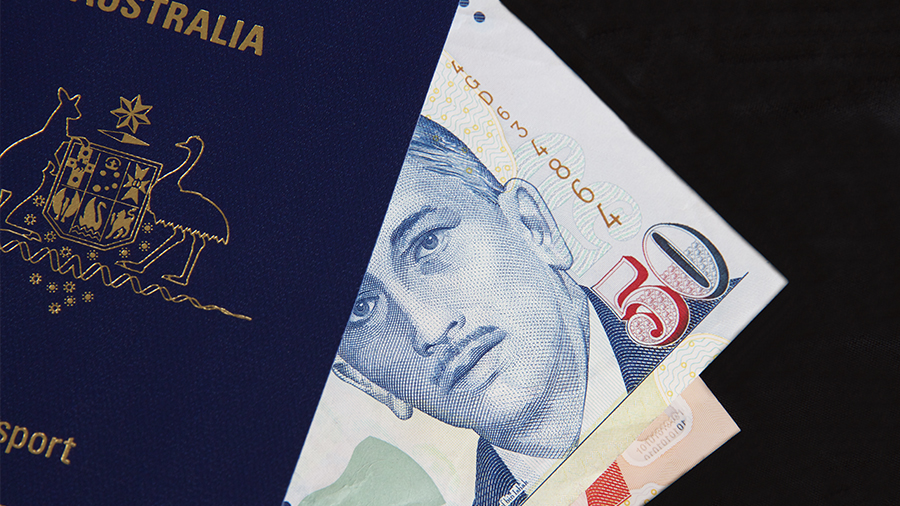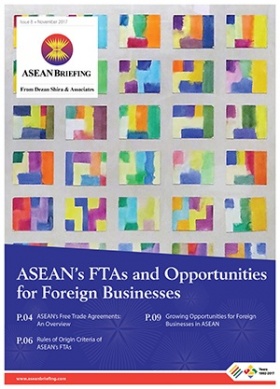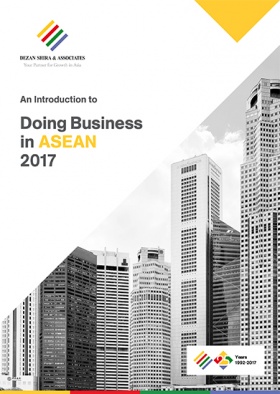Singapore-Australia FTA: Impact of Recent Updates
Singapore is Australia’s largest trade partner in Southeast Asia, and the Singapore-Australia Free Trade Agreement (SAFTA) has facilitated much of this success. SAFTA has not only eliminated tariffs, but has increased market access for key Australian exports in industries such as education, green technologies, and telecommunications.
Negotiations for SAFTA began in 2002, and the agreement was signed in 2003. However, since the agreement had been signed, several updates and adjustments have been made to it. In 2011, amendments were made in order to clear up some discrepancies in the agreement. These amendments accorded investors from both countries fair and equitable treatment when investing in the other, and reflected changes to legislation in both countries stemming from each country’s bilateral FTAs with the United States.
A third review of SAFTA was made on October 13, 2016, and its updates were implemented on December 1, 2017. These amendments create an even more dynamic bilateral partnership by improving the areas of cooperation between the two countries, as well as strengthening economic ties by continuing to increase the flow of goods, services, and investment. The updates also addressed for Australian service providers, ‘behind the border’ issues, which are non-tariff barriers like labeling requirements that operate inside countries rather that at the border, in areas such as labor mobility, education and professional services, among other things.
Impact on Goods Exports
The SAFTA updates have had a substantial impact on goods exports, particularly in regard to wine/distilled spirits as well as medical device/cosmetics exporters. All Australian and Singaporean products have been tariff free since SAFTA was initiated, but recent amendments have made it much easier for both countries’ traders to gain preferential treatment under the agreement.
However, businesses must register and prove their product’s eligibility for preferential treatment under the FTA’s rules of origin in order for the product to actually go through borders tariff free. Rules of origin define where a product originates from, the reason it is used is to prevent trade deflection or simple transshipment, whereby products from non-FTA member countries are redirected through a free trade partner to avoid the payment of customs duties.Rules of origin also define the methods of ascertaining the nationality of a product if different materials or stages of the manufacturing process come from different countries, which is much more commonplace in today’s global market.
SAFTA has also been updated to include a full schedule of product-specific rules of origin to simplify administration as well as reduce the compliance costs for traders within the agreement. This update is much simpler than the original 50 percent content rule used in SAFTA, meaning that 50 percent of the products’ value must be added in either Australia or Singapore in order to claim preferential treatment. This method of rules of origin was very complex, requiring detailed valuation of production costs as well as sources of production. This method was also very costly for firms, often times requiring sophisticated accounting systems and the ability to solve complex accounting questions.
The updates not only make bilateral trade more efficient and cut costs, but they are also aligned with the rules of origin in the ASEAN-Australia-New Zealand Free Trade Agreement (AANZFTA).
As a result of these upgrades to SAFTA, Australia and Singapore have agreed to promote common regulatory approaches on cosmetics, medical devices, wine and distilled spirits into SAFTA, creating annexes for these goods. The wine and distilled spirits annex provides regulatory guidance on labeling, mandating that key consumer information such as product name, country of origin, and alcohol content are clearly displayed within a “single field of vision” on the bottle. The standardization in this annex reduces uncertainty for producers and exporters, which effectively cuts cost of doing business on both ends.
Separate annexes for medical devices and cosmetics provide guidelines for the technical requirements of these industries. These annexes share many common themes, for example they both include measures to avoid unnecessary duplication in approval processes. The annexes encourage both Australia and Singapore to consider international standards, recommendations, and guidance when determining technical requirements that need to be set. Additionally, both countries have agreed on base product approvals on safety, quality clinical data, design, and product quality information.
Impact on Service Exports
The SAFTA updates have also had a significant impact on Australia’s service exports as well, with Singapore being its fifth largest destination. Education services from Australia, their third largest export, is an option growing in popularity among Singaporean students and is positively impacted by SAFTA’s updates. An increasing number of students are heading to Australia for their education because of the strength of the Singaporean dollar and Australia’s large Asian population.
The recent updates to SAFTA have expanded recognition of Australian tertiary degrees. For instance, Singapore has agreed to recognize the Juris Doctor degrees of Australian Universities. Additionally, Singapore is accepting allied health degrees in physiotherapy, occupational therapy and speech therapy from several Australian universities.
Along with educational services, the SAFTA updates are providing much greater assurance for professional services in the legal sector. Australian law firms are now able to practice law in Singapore, putting them on equal ground with other foreign competitors. The two countries are also establishing mutual recognition of professional qualifications, focusing on the accounting and engineering industries. The services that Australian financial companies can provide in Singapore have been expanded to include portfolio management, investment advice, and brokerage services for insurance.Impact on Investments
Singapore is the fifth largest source of investment into Australia. SAFTA has implemented a set of rules that govern the treatment of investors and their investments. Updates include minimum standard of treatment for investors, the right to compensation for certain types of expropriation, and protection against discrimination. Additionally, SAFTA’s investor state dispute mechanism has been updated to include more explicit safeguards on each government’s right to regulate in the interest of the public.
Singaporean companies will also be given the right to bid for procurement contracts from Australia’s federal government as well as from all of Australia’s eight states and territories. Additionally, under the terms of the update, Singapore investors will not have to obtain approval from Australia’s Foreign Investment Review Board for investments under S$1.12 billion in ‘nonsensitive’ Australian industry sectors.
About Us
ASEAN Briefing is produced by Dezan Shira & Associates. The firm assists foreign investors throughout Asia and maintains offices throughout ASEAN, including in Singapore, Hanoi, Ho Chi Minh City and Jakarta. Please contact info@dezshira.com or visit our website at www.dezshira.com.
- Previous Article Tax Compliance in ASEAN in 2018
- Next Article Thailand’s Eastern Economic Corridor – What You Need to Know








